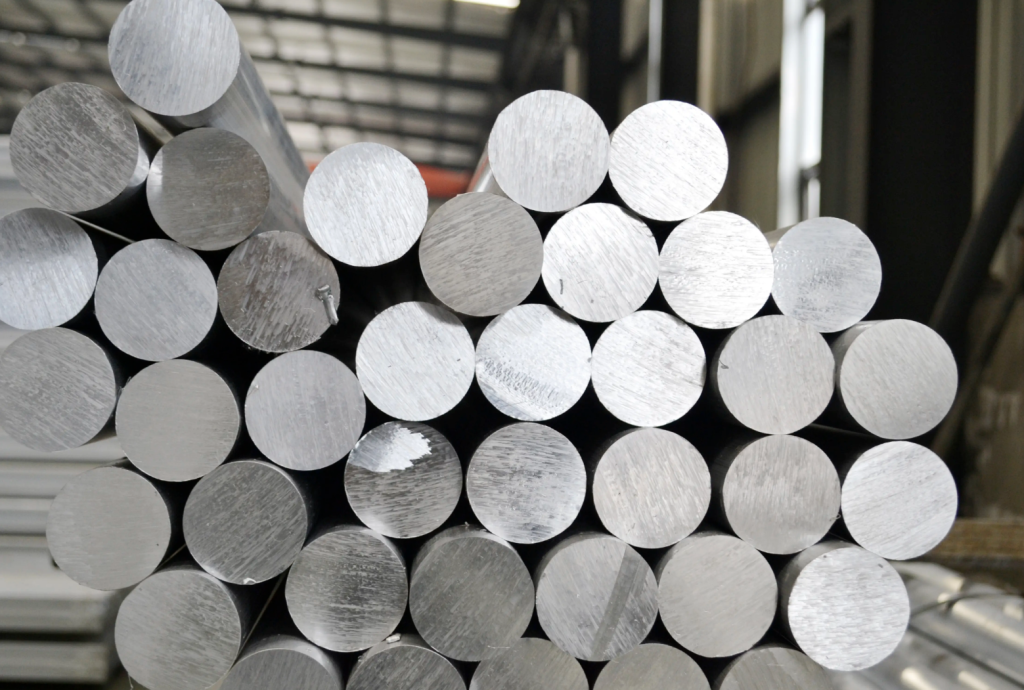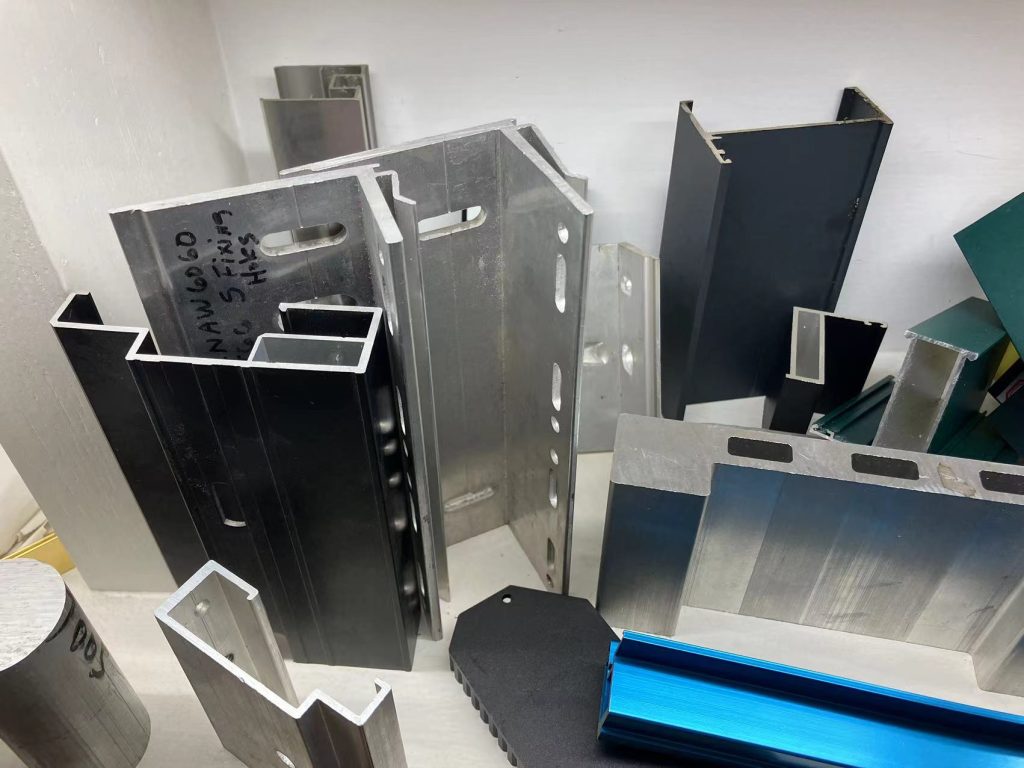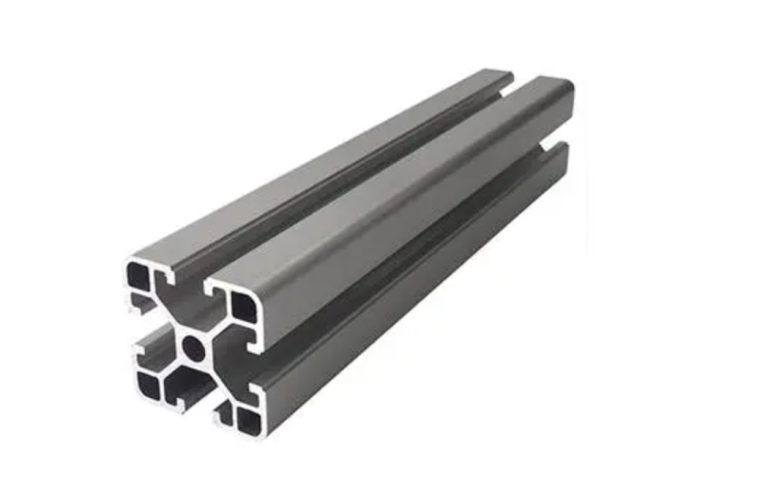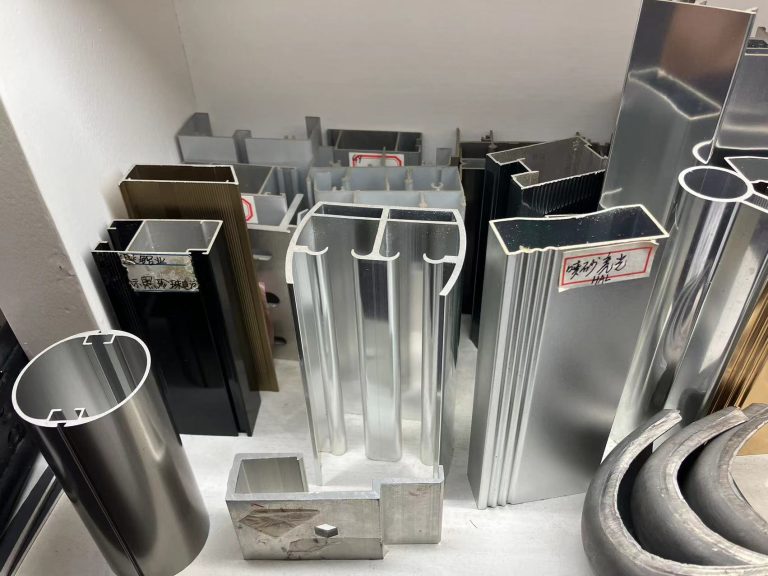What is 3105 Aluminum? Everything You Need to Know

3105 aluminum is a lightweight, durable alloy used in construction, food packaging, and transportation. It resists corrosion and forms easily, making it ideal for siding, roofing, and beverage cans.
Many fruit cans are made from 3105 aluminum because it preserves food well and holds up under processing. This alloy also appears in train components, where strength and reliability matter.
Related products: Extruded aluminum profiles
What Is 3105 Aluminum Made Of? A Breakdown of Its Composition
Aluminum makes up 98.0% – 99.5% of 3105 aluminum, giving it a lightweight structure and easy workability.
Manganese ranges from 0.30% to 0.80%. It increases strength while maintaining flexibility.
Iron is an impurity, usually kept below 0.7% to preserve performance.
Silicon stays under 0.6%. It slightly improves hardness.
Other elements like magnesium, chromium, and zinc appear in small amounts. Magnesium adds strength, while chromium and zinc improve corrosion resistance.
This balanced composition makes 3105 aluminum useful for sheet metal work, siding, and signage.
3105 Aluminum Properties
Strength and Hardness
3105 aluminum has medium strength and hardness. Its Brinell hardness ranges from HB45 to HB55, while its tensile strength falls between 95 and 140 MPa. This balance makes it suitable for applications that require durability without excessive weight.
Corrosion Resistance
This alloy resists atmospheric and seawater corrosion. It maintains stability in harsh environments, making it a reliable choice for outdoor and marine applications.
Machinability
3105 aluminum is easy to cut, weld, and rivet. It adapts well to different manufacturing processes, allowing it to be shaped into complex forms.
Additional Features
This alloy offers excellent formability and weldability, making it useful for projects that require bending or strong joints. It also has moderate electrical conductivity, which suits applications where both strength and conductivity matter.
Its combination of durability, corrosion resistance, and cost-effectiveness makes it a popular choice for siding, signage, and sheet metal work.

3105 Aluminum Alloy Product Features
Corrosion resistance
3105 aluminum resists atmospheric corrosion effectively due to its manganese content. It performs well in marine environments and industrial settings, making it ideal for outdoor structures and facilities exposed to harsh conditions.
Moderate strength and durability
This alloy offers medium strength and hardness, making it suitable for most structural applications. It is tough enough to handle processing and use without breaking or deforming, providing reliable performance.
Smooth surface and decorative options
3105 aluminum has a clean, uniform surface that supports various finishes like anodizing, spraying, and electrophoresis. These treatments enhance its appearance, making it popular for construction, furniture, and electronics projects.
Common Applications of 3105
Building Materials
3105 aluminum serves many roles in construction. Manufacturers shape it into wall panels, roofing sheets, and other building components. Its corrosion resistance protects outdoor structures from weather damage.
Transportation Tracks
Railroads and variable gauge train tracks rely on this alloy. Its moderate strength and hardness support structural parts while keeping weight low for efficient transportation.
Food Packaging
Manufacturers use 3105 aluminum for food and beverage cans as well as cosmetic containers. Its corrosion resistance and easy formability make it ideal for packaging. Many soda brands, including Fanta and Coke, rely on aluminum for their cans.
Final Thoughts
3105 aluminum plays a vital role in everyday life. Industries depend on it for cans, roofing, and siding, making it an essential material.
One of its best features is its recyclability. Recycling preserves resources and opportunities, while throwing it away leads to unnecessary waste.
By recycling aluminum, we reduce waste, conserve energy, and protect the environment. So, the next time you use something made of aluminum, remember to recycle—it’s a small step that makes a big difference.





